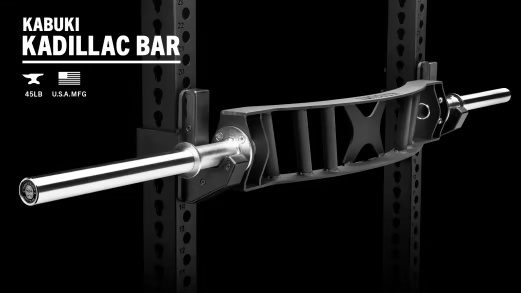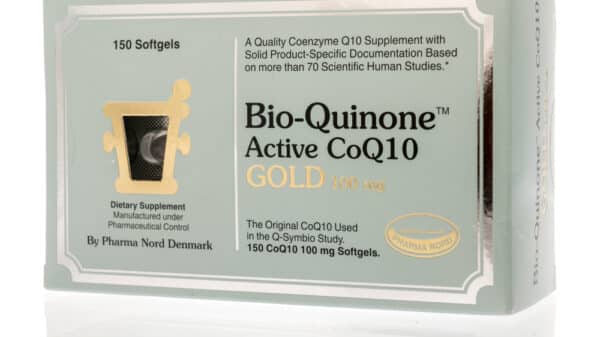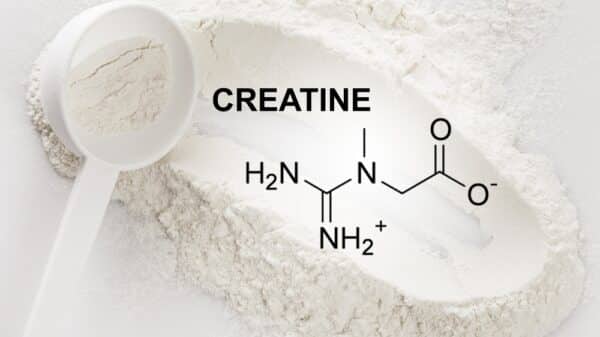The afterburn effect, scientifically referred to as excess post-exercise oxygen consumption (EPOC), is a fascinating concept that highlights the continued calorie loss associated with exercising. While many fitness enthusiasts focus on the calories burned during physical activity, the bonfire doesn’t stop there. This phenomenon means that your body continues to consume energy after you finish your workout, playing a crucial role in your overall calorie expenditure for the day.
What Is the Afterburn Effect?
At its core, the afterburn effect refers to the calories your body expends during the recovery phase post-exercise. After engaging in high-intensity workouts—such as circuit training, sprinting, or weightlifting—your body works diligently to recover, cool down, and return hormone levels to baseline. This recovery process requires extra energy, leading to the calorie burn that follows.
The contrast is striking when comparing intensive workouts to traditional steady-state cardio. Research indicates that while steady-state exercises like jogging may offer limited afterburn benefits, high-intensity workouts produce significantly elevated levels of EPOC. A brief, 20-minute session of high-intensity interval training (HIIT), characterized by short bursts of exertion, can lead to a more substantial afterburn compared to a longer session of moderate exercise.
Unlocking the Benefits of High-Intensity Workouts
For those aiming to become leaner, boost muscle growth, or enhance cardiovascular health while minimizing exercise time, integrating high-intensity workouts is essential. The benefits of HIIT extend beyond just fat burning. Studies have shown that individuals engaging in HIIT can experience increases in muscle power, speed, and overall fitness that traditional cardio cannot match.
One study published in the *Journal of Exercise Science* observed that even minimally engaged individuals experienced an approximate 10% increase in daily calorie expenditure following just 20 minutes of high-intensity activity. For an active woman burning around 2,000 calories daily, this could translate to an additional 200 calories burned, amplifying the efficiency of workouts.
Analyzing Energy Expenditure
Energy expenditure encompasses all calories burned throughout the day, stemming from bodily functions like breathing, digestion, and physical movement. During exercise, this energy expenditure increases, but the true value comes from understanding how much additional energy your body utilizes afterward due to EPOC.
Higher intensities amplify this effect. After an intense session, your body requires more oxygen to repay its “oxygen debt,” and this can lead to prolonged elevated metabolism—sometimes lasting up to three days. Such extended calorie burn is particularly advantageous for those looking to optimize their fitness results with shorter workout durations.
The dynamics of EPOC are influenced by various factors: fitness level, age, gender, workout duration, and intensity all play a role in determining how significant the afterburn effect will be. Therefore, each individual’s reaction to high-intensity exercise can differ significantly.
The Role of Muscle Recovery and Lactic Acid
Apart from EPOC, the afterburn effect is further driven by lactic acid production and the muscle hypertrophy process. Intense workouts create metabolic stress within muscle fibers, leading to microscopic damage. This damage requires energy for repair and adaptation, perpetuating the calorie-burning cycle.
Ultimately, incorporating high-intensity exercises into a regular fitness regimen proves beneficial for increasing metabolism both during and after workouts. The afterburn effect not only enables more efficient fat loss but enhances overall cardiovascular and muscular health.
Final Thoughts
Understanding and harnessing the afterburn effect can revolutionize how individuals approach their fitness routines. By focusing on high-intensity activities, it’s possible to achieve greater results in less time, allowing for a more productive exercise experience without the need to drastically extend workout durations. This strategic approach to fitness might just be the key to unlocking your healthiest self while effectively maximizing calorie burn.### Understanding Muscle Repair and the Afterburn Effect
After an intense workout, muscle tissue undergoes microscopic changes that need energy for repair. This process involves breaking down amino acids (proteins) in the muscles and reconstructing them. Interestingly, intense exercise can also boost testosterone levels naturally, leading to more significant muscle gains.
The Afterburn Effect Explained
The rebuilding of muscle fibers not only strengthens them but also elevates your total energy expenditure—this phenomenon continues after you’ve finished exercising. Often referred to as the “afterburn effect,” it indicates that your body continues to burn calories even at rest, driven by the increase in muscle mass.
In contrast to the traditional belief that longer exercise sessions correspond to greater calorie burn and improved body composition, emerging research shows that shorter, more intense workouts may be more effective. For example, a 2011 study published in the Journal of Obesity reveals that high-intensity intermittent exercise (HIIE) significantly reduces subcutaneous and abdominal body fat more than moderate exercises.
While aerobic exercise typically relies on glucose for energy, during recovery periods following intense workouts, the body will primarily utilize fatty acids alongside glucose. This means that during muscle recovery, you’re burning more fat while simultaneously building muscle.
Guidelines for Effective Exercise Regimens
The World Health Organization has updated its recommendations for physical activity, emphasizing the importance of intensity and variety in workouts. Here are the key points:
– Adults aged 18-64 should engage in at least 150-300 minutes of moderate-intensity aerobics weekly or 75-150 minutes of vigorous-intensity activity, or a combination of both.
– Muscle-strengthening activities that involve all major muscle groups should be performed on two or more days each week.
– Reducing sedentary time is crucial; even light physical activities can confer health benefits.
Strategies to Maximize the Afterburn Effect
To enhance the afterburn effect, consider incorporating these high-intensity approaches into your routine:
1. Interval Training: Replace prolonged steady-state cardio with high-intensity interval training (HIIT). Short bursts of high-intensity exercise (85%-100% of maximum heart rate) followed by recovery periods can be completed in just 15-20 minutes.
2. Resistance Training: Engage in circuit-style or superset workouts that target different muscle groups without rest. This format allows you to maintain a high heart rate and maximize calorie burn while building muscle.
3. Sprinting: Utilize sprints as a form of HIIT, focusing on short, intense bursts of speed with brief recovery periods. Aim to complete several cycles of hard effort followed by rest.
Important Precautions
Understanding the afterburn effect is still an ongoing endeavor. Factors like workout intensity, volume, and rest periods play a substantial role in the results you achieve. Well-trained individuals tend to have quicker metabolism returns to baseline levels post-exercise, which might maximize the benefits of HIIT.
If you’re new to high-intensity workouts, it’s essential to start slowly to minimize injury risks. Aim for shorter sessions initially and gradually increase duration and intensity over time. Additionally, it’s advisable to limit HIIT workouts to a few times a week to prevent overtraining. For strength training, consider consulting with a professional trainer to perfect your form.
Incorporating high-intensity elements into your routine can yield significant benefits, making it a potent strategy for those looking to enhance fitness levels and lean muscle mass. Adjust your training plans thoughtfully, listen to your body, and enjoy the journey towards improved health and fitness.
Image Source: Prostock-studio / Shutterstock
































